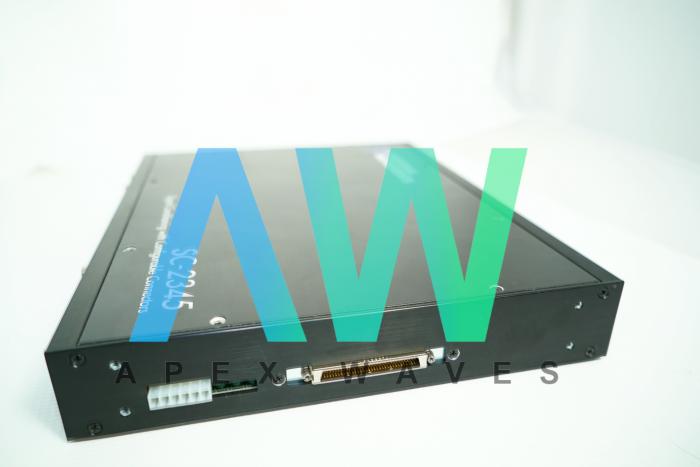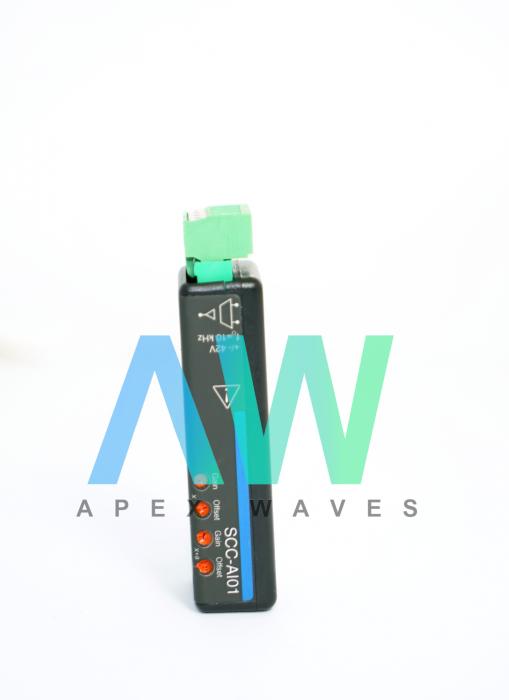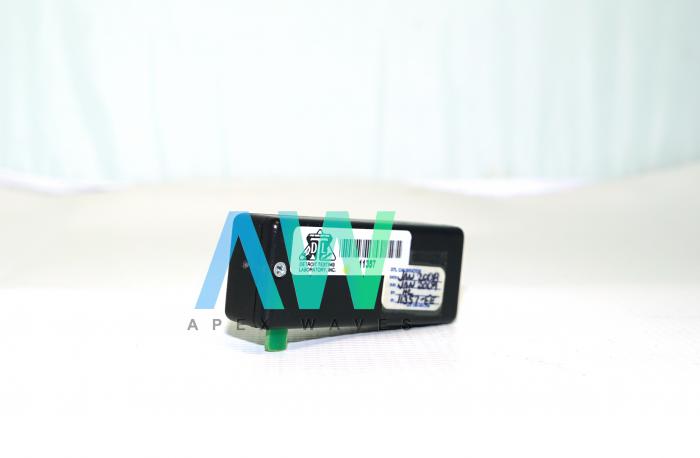This is the introduction to National Instruments SCC, which will be our next series of blog posts. NI SCC is a portable, modular signal conditioning system compatible with M Series, E Series, and certain B Series and portable multifunction DAQ devices. SCC models condition many types of analog input and digital I/O signals.
With this modular design, you pick your conditioning for each channel. SCC provides customized connectivity options, matching your sensor or signal connection type. While the low-profile carrier is ideal for use with PCMCIA DAQCards and DAQPads for portable applications, you can also utilize the system for rack-mounted or desktop applications. NI-DAQ driver software controls every aspect of your DAQ system from the configuration, to programming in LabVIEW, to low-level OS and device control. Check out the new ease-of-use and performance features of NI-DAQmx and NI LabVIEW graphical programming environment.
National Instruments SC-23xx shielded carriers consist of three models, the SC-2345 Connector Block, the SC-2345 with Configurable Connectors, and the SC-2350 (with configurable TEDS connectors). These carriers are shielded enclosures for SCC signal conditioning modules that connect directly to M Series, E Series, and B Series DAQ devices. These carriers are equipped with sockets for SCC modules, as well as screw terminals for suitable connections to digital I/O and counter/timer (GPCTR) signals of the DAQ device.
All three models are available with three power options:
-01 Power from the external DAQ device
-02 Power from a universal AC power supply (included)
-03 Power from a 7 to 42 VDC power supply (not included)

SCC modules are small pods that condition analog and digital signals for your data acquisition device. SCC modules are obtainable for multiple types of I/O, such as thermocouples, RTDs, accelerometers, low-pass filtering, voltage attenuation, frequency-to-voltage conversion, current input, isolated digital input and output, isolated analog input, and feedthrough.
The NI SCC-AI Series contains 2-channel isolated analog input modules. NI SCC-AI modules accept input voltages from ±50 mV to ±42 V. They are rated for CAT II, and offer safety working isolation of 300 V per module. SCC-AI modules are offered with either a 4 Hz or 10 kHz lowpass filter.

The SCC-TC01 and SCC-TC02 are 1-channel modules for conditioning several types of thermocouples, including J, K, T, B, E, N, R, and S, and millivolt inputs with a range of ±100 mV. The NI SCC-TC0x modules have a 2 Hz lowpass noise filter, instrumentation amplifier with a gain of 100, and buffered outputs for the highest scanning rates by an M Series DAQ device. The input circuitry of the SCC-TC0x modules also includes high-impedance bias resistors for open-thermocouple detection, as well as handling both floating and ground-referenced thermocouples. The SCC-TCox modules include an onboard thermistor for cold-junction compensation.
The NI SCC-LP Series includes 2-channel lowpass filter modules that accept ±10 V signals. Every channel has a 4th-order Butterworth filter, with the option of cutoff frequencies listed above. The cutoff frequency is specific to the module and applies to both channels. This module can also be cascaded with other SCC modules for applications demanding lowpass filtering as well as additional SCC conditioning.
The SCC-SG Series comprises five models of 2-channel strain gauge input modules, each created for a specific strain gauge configuration — 120 Ω quarter-bridge, 350 Ω quarter-bridge, half-bridge, and full-bridge. Every module has one 2.5 V excitation source. The NI SCC-SG24, which has a 10 V excitation source, is suitable for load cell and pressure sensor inputs. Each channel of these modules includes an instrumentation amplifier, a 1.6 kHz lowpass filter, and a potentiometer for bridge offset nulling. National Instruments additionally offers the SCC-SG11 module, with which you can complete programmable shunt calibration.
The National Instruments SCC-ACC01 is a single channel signal conditioning module for an Integrated Electronic Piezoelectric (IEPE) compatible accelerometer or microphone. The NI SCC-ACC01 includes an AC differential amplifier and 3-pole Bessel lowpass filter (19 kHz). This module also delivers a 4 mA constant current source for sensor excitation.
The SCC-RTD01 is a 2-channel module that accepts 2, 3, or 4-wire platinum RTDs. Each channel of the NI SCC-RTD01 has an amplifier with a gain of 25 and a 30 Hz lowpass filter. Additionally, every module has a 1 mA excitation source for one or two RTDs.
The SCC-FV01 is a 2-channel frequency-to-voltage conversion module that accepts ±10 V signals up to 100 Hz. The output scales linearly with the input frequency, between 0 and 10 VDC (0 V with a DC input signal). Each channel triggers on the incoming signal utilizing a threshold of 0 V, with a hysteresis of 200 mV. For isolated solutions, a good combination is the NI SCC-AI03 cascaded with the SCC-FV01.
The NI SCC-CI20 is a 2-channel module that accepts two 0 to 20 mA or 4 to 20 mA current loop inputs. Each individual channel of the NI SCC-CI20 includes a precision 249 Ω current conversion resistor that changes a 0 to 20 mA signal into a 0 to 5 V signal. Each channel includes a differential instrumentation amplifier with low-impedance outputs for maximum scanning rates by the multifunction DAQ device, and bias resistors for handling floating and ground-referenced current sources. The SCC-CI20 includes two spare 249 Ω replacement resistors as well.
The SCC-A10 is a 2-channel module that accepts input voltage sources up to ±100 V. Each channel of the NI SCC-A10 includes a divide-by-10 attenuation circuit and differential instrumentation amplifier with low-impedance outputs for maximum scanning rates by the DAQ device. The attenuation circuit includes high-impedance bias resistors, so you can link floating or ground-referenced inputs to the SCC-A10 without the necessity of adding external bias resistors. The SCC-A10 additionally delivers overvoltage protection (up to 250 Vrms) for a DAQ system.

Next week, part 2 of the NI SCC blog series will be up on our blog!







